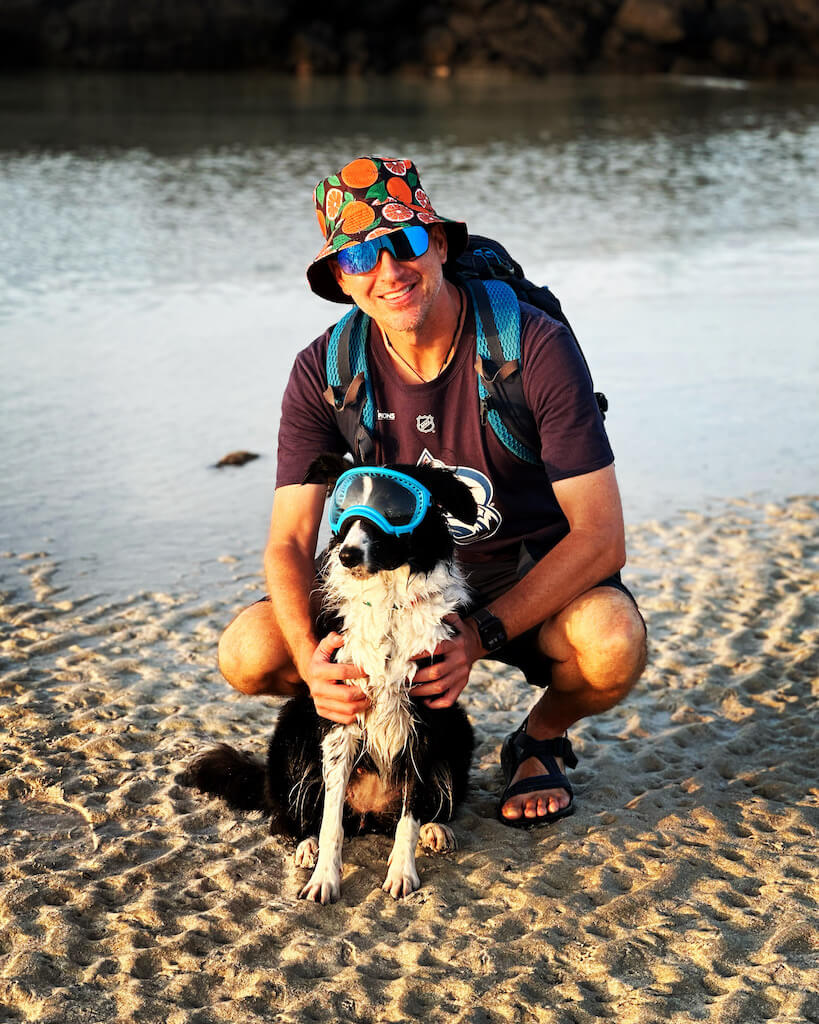Salomon S/Pro Alpha Flex 130 Ski Boot Review: Skiing Performance and Fit Insights
Reviewer Background
I don’t want to bore you with my life story, and you can certainly skip ahead using the above Trail Map directory.
However, a few quick details may be applicable to this review and may help you decide if the Salomon S/Pro Alpha Flex 130 is the boot for you.
From Racer to Rope Dropper
I grew up as a ski racer in my hometown of Vail, Colorado. I was never destined for the U.S. Ski Team, but held my own as a racer and attended several Junior Olympics.
Don’t ask too many questions about my accolades. Let’s just say I did fine, but that my “Olympic dreams” died with the word Junior in them.
When I moved back to Vail after graduating from university, I left the gates behind and settled into a PR job and life as a “backcountry skier.”
Out were my old Rossignol race skis, and in were the new fangled K2 Pontoons.
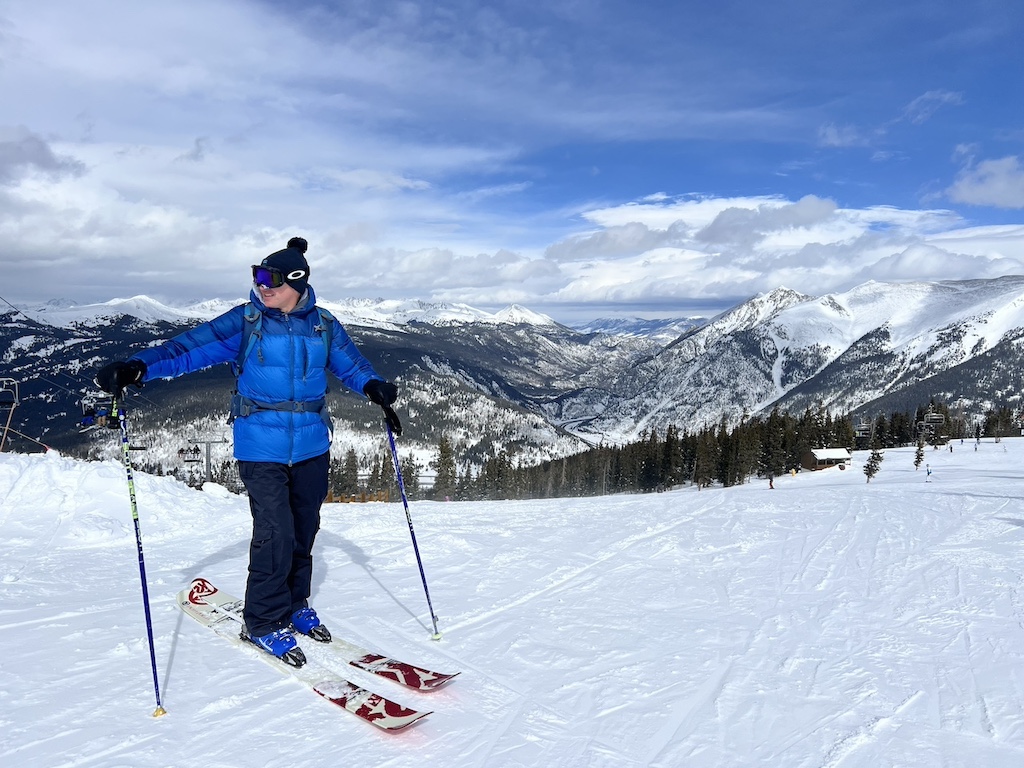
Though I did most of my skiing at the time in the Back Bowls and out-of-bounds, I still felt I needed the firm grasp and stiff flex of a race boot.
My go-to boot at the time was the Tecnica Diablo Race Pro 130.

If you’re an experienced skier, you may be thinking to yourself, “Man, the Pontoons and Diablo’s are old as dirt.”
You wouldn’t be wrong.
So, where have I been? Who is this guy trying to write ski boot reviews in 2024?
Well, if you look around this blog a bit, you’ll see that I exchanged my ski pass for a passport (figuratively) in 2007 and have been living in South Korea ever since.
You can read about how I eventually transported my old K2 Pontoon skis to live and ski with me in Korea in a post I wrote reviewing the Sukoa Padded Ski Bag.
During that time, I’ve bagged more passport stamps than first tracks, but I still get out a few times a year in Korea and Japan.
A Once-Proud Gear Snob Spotted in Rear Entries?
You’ll never hear a more annoying sound in the wild than a former ski racer being presented with rental gear options.
Yep, I hate to admit it, but I’m that guy.
After more years of renting ski boots than I’d like to admit in Korea and Japan, I finally caved and bought my own: the Salomon S/Pro Alpha Flex 130‘s. Mostly to spare my wife the secondhand embarrassment at the ski shops.
Speaking of Japan—if you’re a fan of the legendary Japow, check out my custom-designed Japow Apparel collection. After a recent trip, I realized how surprisingly hard it was to find solid merch at the resorts, so I made my own.
That’s my one and only sales pitch in this review. The rest? Just some thoughts on the boots and whether they were worth the buy.
Spoiler alert: after years of rental clunkers in Korea, I’m pretty stoked on them.

Salomon S/Pro Alpha 130
I picked up this boot last season (2023/24), and while Salomon recently released a slightly updated model—the S/PRO SUPRA BOA® 130—the standard S/Pro Alpha 130 I’m reviewing here is still widely available in stores.
Instead of repeating details from Salomon’s website on the model I purchased, I’ll let one of their experts give you a quick overview in this video, covering essential design features to keep in mind when shopping for ski boots.
He covers a few important considerations specific to this model and general boot selection, which I’ll dive into below.
Fit and Performance
As mentioned, the Salomon S/Pro Alpha 130 is a low-volume, high-performance boot. Allow me to translate these two very important concepts.
Low-volume
This boot is for people with narrow feet, or at least for those who prefer a tighter fit. A tighter fit translates to more control.
My biggest gripe about the rental boots I was forced to endure over the last several years was that there was too much room for my feet to move around inside.
If you’re just looking for comfort, that can be a benefit. However, if you’re looking for control and performance, you’ll want your boot to have a snug fit.
As a racer, I grew accustomed to losing toenails to achieve this, but you don’t need to take it that far.
If you have an exceptionally wide foot, this boot may not be for you. You will want to have your foot professionally measured and assessed.
Ski boots are perhaps the most important investment you can make in your ski equipment, and you don’t want to make a flippant decision based on looks or price.
High-Performance
Make no mistake, this boot is for an expert-level skier, or at least an advanced intermediate.
You may ask, “What differentiates an expert boot from a lower-level boot?” Among a few other things, the primary factor is the flex rating.
The 130 in the boot’s name refers to it’s flex rating, and 130 is relatively stiff.


What does a boot’s flex mean for you? Well, it’s the resistance that the boot puts against your shins when you press forward.
If you are an advanced-level skier, you will naturally exert a greater amount of force in your turns than a beginner or intermediate skier.
If you are not able to generate that force (as a beginner), then the boots will be very uncomfortable, which may make skiing very difficult and a miserable experience.
On the other hand, if the boot is not stiff enough, you will feel like you’re falling over the tips of your skis when you start to make your turn.
During my time in rental boots, this was my biggest gripe. I constantly felt like I was overpowering the boots (subtle flex, pun intended), which limited my ability to carve a nice turn.
To sum up a boot’s flex, you want a higher number if you are either an expert skier or a larger person. Heavier people will naturally be able to exert more force, even at lower ability levels.
If you are a lighter person or a beginner skier, you will want the flex rating number to be lower, as the boots will be more comfortable as you don’t need as much resistance at your performance level.
Fit and Sizing
Assuming this low-volume boot is right for you, it is then equally important to get the sizing right.
Again, you should have your foot professionally measured and assessed before purchasing any ski boots. There is very little room for error in an investment that could determine your enjoyment of the sport for years to come.
Ski Boot Sizing
Something to be aware of when buying ski boots is that they are typically sized using the Mondopoint system. This is a fancy way of saying that your size will be measured in centimeters.
For example, I am generally around a US size 10. The Salomon S/Pro’s I purchased were sized 27.5. In hindsight, I wish I had gone with 26.5, which was my old toenail losing size, but 27.5 is snug enough for an old guy who values a bit of comfort.
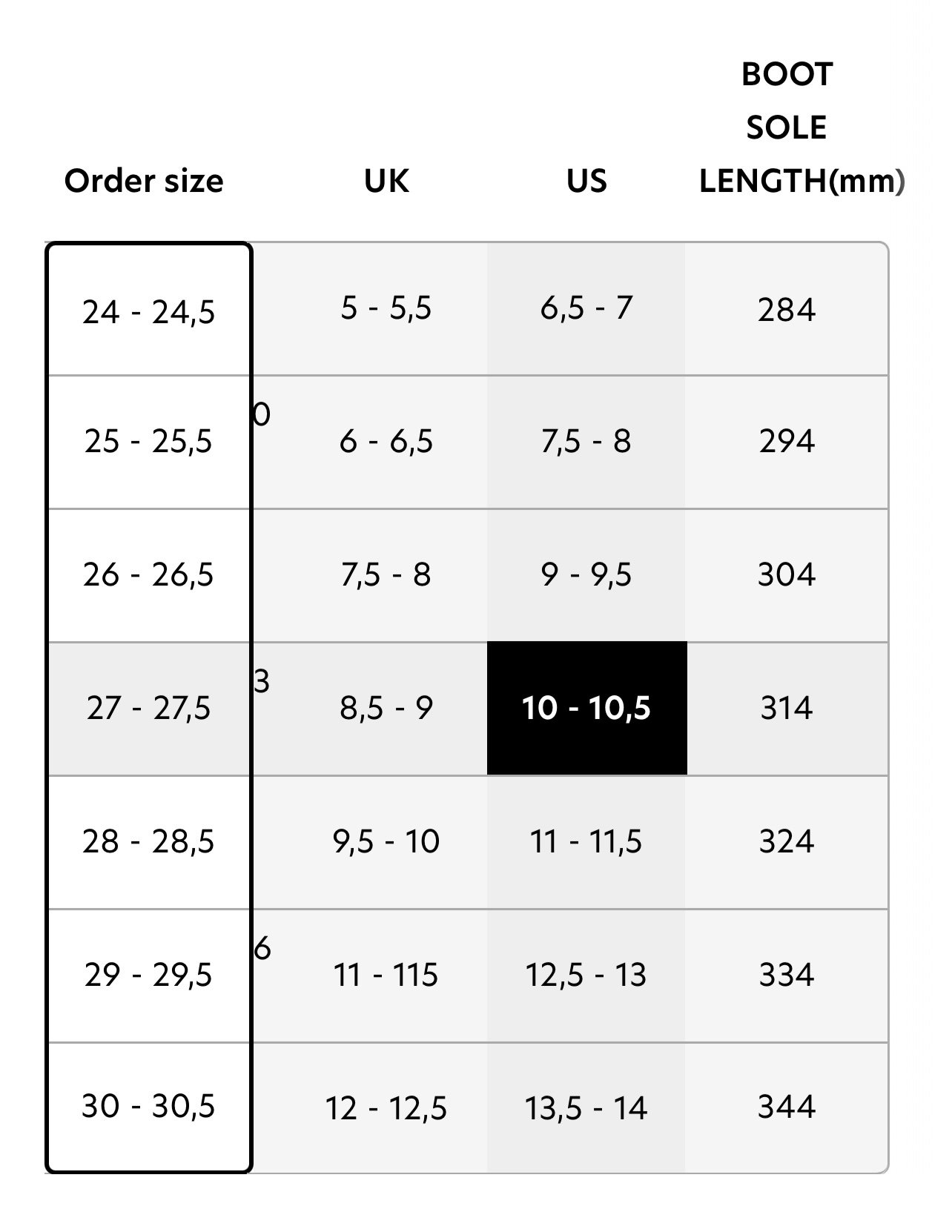
Design Features
There is not a lot that I can tell you here that Salomon (see information below) or your expert boot fitter can’t explain. However, I’ll draw your attention to a few things.
Gripwalk pads come in the box. These are more rugged walking platforms than can replace the smooth, slippery factory soles. Have your boot fitter replace them upon purchase. They’re included. Why not?
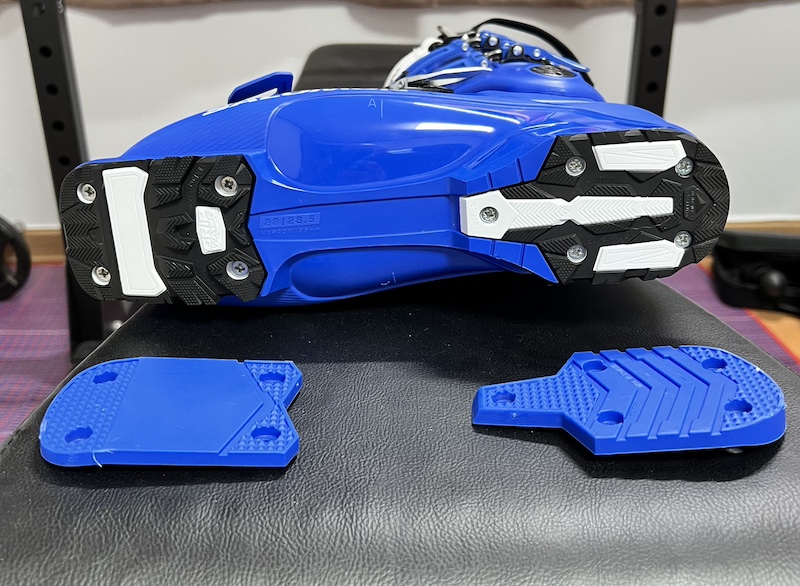
Though 3714 grams may not mean much to you, these boots are noticeably lightweight. It’s a definite plus in my book.
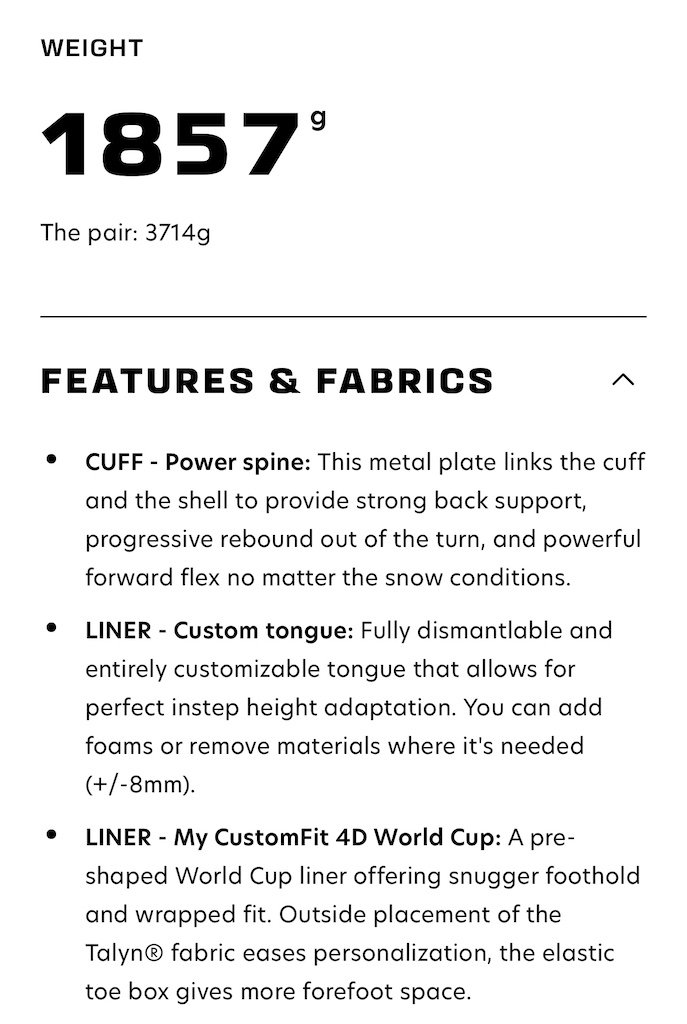
Price
The retail price listed for the Salomon S/Pro Alpha Flex 130 is $799.95. That’s obviously not cheap, but, in all honesty, it was cheaper than I expected.
Remember, if you’re looking to purchase gear rather than rent, the boots are not where you want to bargain hunt.
I would argue that you could go cheap with skis, bindings, and poles, but the quality of your boots will literally make or break your skiing experience.
Pro Tip: Don’t buy ski gear during peak season. You’ll find better deals early or late. I was able to buy mine for approximately $478 USD in October.
I revisited the store in January, and the same boot was marked at approximately $790.
This was in South Korea, where pricing often gets a “service” discount applied.
Comparable Ski Boot Options
Before buying the Salomon S/Pro Alpha Flex 130, or any ski boot for that matter, you should try on a few alternatives for personal fit and preference.
The market for high-performance ski boots is competitive, with several notable brands vying for the attention of expert skiers. Aside from price and flex rating, the anatomy of your foot will have a lot to say when trying on boots.
Keep in mind that the Salomon S/Pro is a low-volume boot. If you have a wider foot, you may need to take that into account.
As previously noted, Tecnica was previously my go-to boot, and the Tecnica Mach1 MV 130 may be a good choice for those looking for a mid-volume boot.

It has a similar price point at $799 and the same 130 flex rating. I haven’t tested this new boot, but I can attest that Tecnica makes a solid boot that is worth considering.
Another strong alternative to consider is the Lange LX130 HV.
It also comes in at a similar price point, listed around $750 USD, and has the same flex rating of 130. If the narrow fit of the Salomon S/Pro Alpha is too narrow for you, this is a similar but wider-fitting boot to consider.
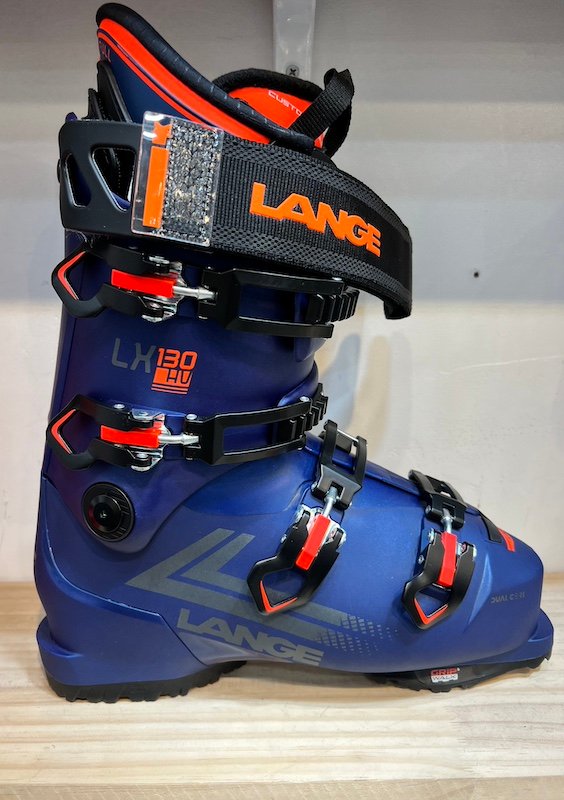
One final boot to consider in the same range is the Atomic Hawx Ultra XTD 130. It comes in at the highest price point of those listed, at around $949.95.

I don’t have any personal experience with this boot, but it is the same low-volume (98-mm) fit as the Salomon S/Pro.
If you are in the boot shop, I definitely recommend trying these on as possible alternatives.
Takeaways for the Salomon S/Pro Alpha Flex 130
As I mentioned earlier, I’m an ex-ski racer from Colorado who’s spent the past 15 years living in Korea and renting ski gear.
Finally deciding to buy my own boots here has been a game-changer, and I couldn’t be happier with my Salomon S/Pro Alpha Flex 130s.
In hindsight, I should have trusted my gut over the boot fitter, as he put me in a 27.5, which is a bit roomier than I prefer and had I to do it over again, I would have opted for the 26.5 that I used to race in.
Then again, I’ll probably keep my toenails intact as a result of the “expert’s opinion”.
My parting advice: investing in the right ski boot is the most important gear decision you can make. Take your time, explore your options, and find the best fit for your needs.
If you’re willing to take the word of a guy living in Korea and posting ski boot reviews on the Internet, then you can rest assured.
If you’re up for taking the word of a guy living in Korea and reviewing ski boots on the internet, know that this is a quality boot. If it fits, it’ll serve you well for years to come.
Skiing in South Korea: My Go-To Resorts
If you read my background and found yourself curious about skiing in South Korea, I’d be remiss not to mention that I’ve been working on guides to my favorite ski resorts here.
Since moving to South Korea, I’ve had the chance to explore some of the country’s best ski areas, each with its own unique vibe.
If you’re looking for a laid-back atmosphere in the southern part of the country, Muju Deogyusan Resort could be perfect for you.
My two other favorites are High 1 Resort and Yongpyong Resort. High 1 offers a nice variety of terrain for everyone, from beginners to advanced skiers. Plus, it has a dog-friendly, ski-in/ski-out condo right at the base, making it ideal for my family since we never leave home without our border collie.
And if you followed the 2018 Winter Olympics, you might remember Yongpyong Resort, which hosted many of the ski racing events thanks to its steep runs and significant vertical drop. Yongpyong also has more of a Western ski resort vibe compared to others in South Korea.
To help you navigate skiing here, I’ve put together a Skiing in Korea page where you’ll find tips, recommendations, and detailed guides on each of these resorts. Whether you’re renting gear or bringing your own, these ski areas offer unforgettable experiences for all levels.
Questions?
If you have questions, please join my free Facebook group and community. I’m happy to answer you there!
Acing the Test
Get Ready With Me
I conducted my first test of my new Salomon S/Pro Alpha’s on a recent outing to Muju Deogyusan Resort in South Korea.
I’m happy to report that they passed with flying colors.
Take Some Runs with me in South Korea
Additional Information
If you’re a more visual learner, here is another great review.





